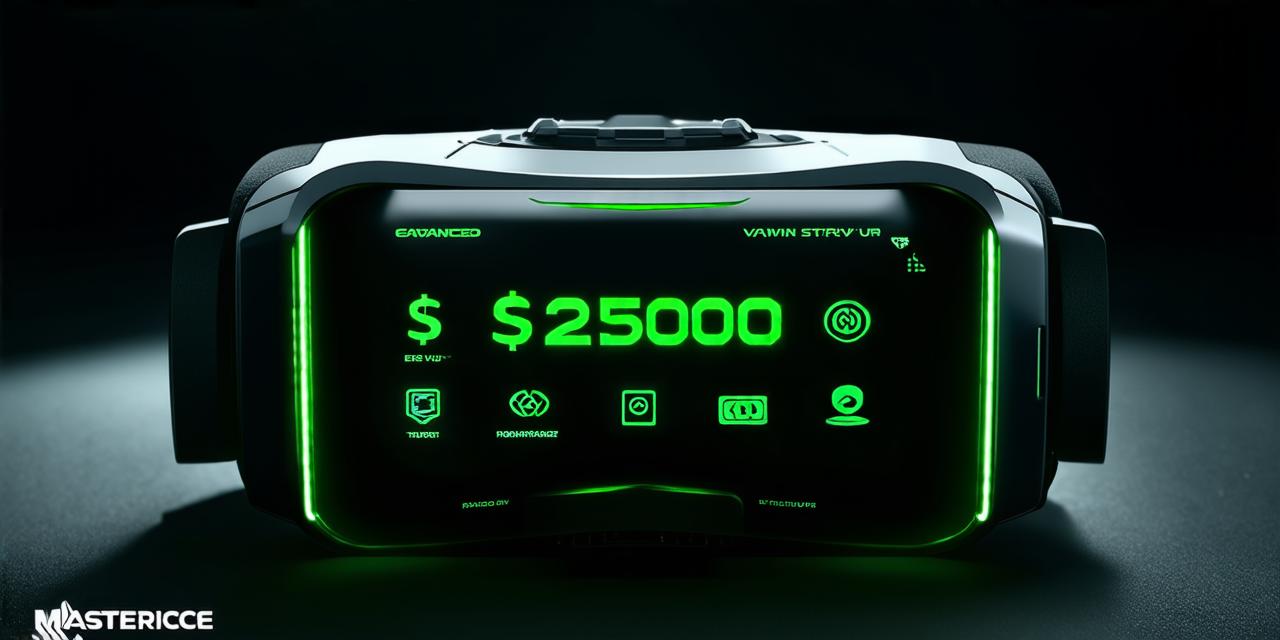
How much does the virtual reality system cost?
Virtual reality (VR) technology is becoming increasingly popular and accessible to businesses of all sizes.

VR systems can provide immersive experiences that enhance employee training, customer service, and product development. However, the cost of a VR system can vary greatly depending on the type and features it offers.
Factors Affecting the Cost of a VR System
1. Hardware
The hardware required for a VR system can be expensive, especially if you need high-end equipment. The cost of the headset, sensors, and controllers can vary greatly depending on the brand and model.
For example, the Oculus Quest 2, which is a popular consumer-grade VR system, costs around $400. In contrast, enterprise-grade VR systems such as the HTC Vive Pro Eye or the Sony PlayStation VR cost around $1,500 to $3,000.
2. Software
The software used in a VR system can also affect its cost. Some VR systems come with pre-installed software that is specifically designed for the hardware, while others require additional purchases or licensing fees.
For example, the Oculus Quest 2 comes with the built-in Oculus Link software, which allows users to play games on their computer via a cable connection. However, if you want to use third-party software such as Unity or Unreal Engine, you will need to purchase separate licenses.
3. Customization
The level of customization required for a VR system can also affect its cost. Customized VR systems can be more expensive than off-the-shelf solutions because they require additional hardware and software development.
For example, if you want to create a custom VR training program for your employees, you will need to hire developers to create the software and hardware necessary for the system.
Case Studies: How Companies are Using VR Systems
1. General Electric (GE)
GE is using VR systems to train its employees in various fields such as aviation, oil and gas, and healthcare. The company’s Virtual Field Experience program allows employees to practice their skills in a virtual environment before working with real equipment.
This approach has reduced the risk of accidents and increased productivity by allowing employees to learn at their own pace and in a safe environment.
2. Toyota
Toyota is using VR systems to improve its manufacturing processes and enhance the customer experience. The company’s “Virtually There” program allows customers to virtually visit Toyota dealerships and see the latest car models in action.
The program has been successful in increasing sales and customer engagement.
3. NASA
NASA is using VR systems to simulate space missions and train astronauts for future missions. The company’s Virtual Reality Simulator allows astronauts to practice their skills in a virtual environment before embarking on real-world missions.
This approach has improved safety and reduced the risk of mistakes during spacewalks.
FAQs: Frequently Asked Questions About VR Systems
Q: How much does a VR system cost?
A: The cost of a VR system can vary greatly depending on the type and features it offers. Consumer-grade VR systems such as the Oculus Quest 2 cost around $400, while enterprise-grade VR systems such as the HTC Vive Pro Eye or the Sony PlayStation VR cost around $1,500 to $3,000.
Q: What software do I need for a VR system?
A: The software used in a VR system can vary depending on the hardware and type of VR experience you want. Some VR systems come with pre-installed software, while others require additional purchases or licensing fees.
Q: Can I customize a VR system?
A: Yes, customized VR systems are available for businesses that want to create their own unique VR experiences. Customized VR systems can be more expensive than off-the-shelf solutions because they require additional hardware and software development.
Conclusion: The Benefits of VR Systems Outweigh the Cost
Virtual reality technology is becoming increasingly popular and accessible to businesses of all sizes. While the cost of a VR system can vary greatly, the benefits it offers are well worth the investment. By providing immersive experiences that enhance employee training, customer service, and product development, VR systems can help businesses improve productivity, reduce risk, and increase engagement.
With the right hardware, software, and customization options, companies can create a VR system that meets their unique needs and budget.


